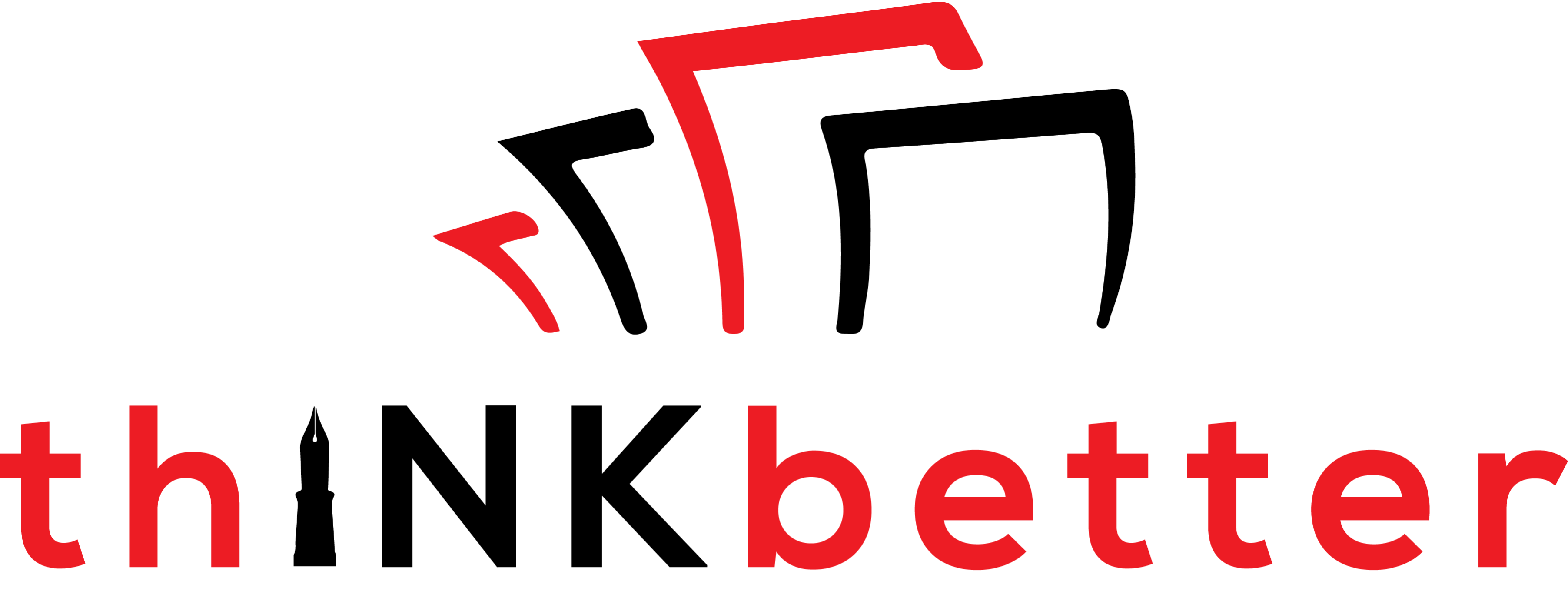How to Use Landing Pages With Prospecting to Land More Clients

If you are a service professional of any kind, part of your job is probably to find new clients, or to sell more services to existing clients.
This is especially true if you’re a solo professional, freelance creative, or a small business owner who has to run all aspects of your business, including marketing and sales.
Keeping the pipeline of work flowing can be a challenge, especially for new business owners that haven’t had to go out and storm up new customers before.
Fortunately, there are some tried and true methods that work for most service professionals and small businesses if done consistently.
The linchpin of the system that will steadily funnel clients to your business is the landing page. Once you understand and master the landing page, the rest of your system will fall into place.
What is a Landing Page?
Simply put, a landing page is a web page that
- presents a very specific product or service
- in a very specific way
- to a very specific audience.
It is often the page that people land on (hence, a “landing” page) after clicking a link from an email, ad, another site, or other channels.
That means people usually bypass the rest of your website and arrive directly at your landing page – although you can also steer your visitors’ navigation through your website to lead them to a landing page.
Why Use Landing Pages?
Landing pages are written and laid out to be extremely persuasive and result in a conversion, or a measurable action you would like your visitor to take, such as:
- buying a product
- leaving their email address for your newsletter
- calling you on the phone or emailing you to learn more
- clicking through to another specific web page.
The average web page on a website provides only general information about a product or service. This type of page may generate some interest, but because you cast such a broad net with such big holes, lots of visitors slip away uninterested.
The landing page, on the other hand, is designed to specifically target a very narrow audience.
Why would you want to target fewer people, you ask? Isn’t the goal to sell more products to more people?
Of course it is. But reaching more people does no good if your sales rate is extremely low. Generally speaking, you get better returns on your marketing dollars and hours by reaching fewer people but with a higher sales rate.
Landing pages are the key to more effectively closing the deal. Don’t try to provide one page that tries (and fails) to persuade everyone under the sun they need your service. Instead, build lots of landing pages that micro-target specific customers.
And don’t worry. As we’ll explain, we’re not saying you’re forever stuck reaching only a limited audience. The trick to cost-effective marketing is to refine your process for each niche market before casting a wider net.
Just build more landing pages as needed to micro-target additional, specific customers. Doing so will allow you to multiply your sales with each expansion of your marketing scope.
The beauty of landing pages is not only their effectiveness, but their ease. Think of it this way: you can take a week (or weeks!) building an entire website before reaching out to potential customers – or you could build one landing page and start reaching out today.
And that one, specialized landing page alone will always be more effective than the entire website when it comes to prospecting. You can always build the rest of the website out later, as needed.
Why Prospecting?
Prospecting is reaching out to a list of leads (potential customers) to start up a sales conversation. Usually this happens by some combination of email or phone.
Nowadays, it’s relatively easy to build a website or landing page. Where most service professionals or small business owners get stuck is how to get people to the site or landing page.
Many people assume that if you just have a site, customers will find you. Not true! You will have to spend either time or money to optimize your site for search engines, publish content, or run email, social media, or ad campaigns.
Most of those are long-term strategies for gaining or nurturing leads. People won’t even discover your website, newsletter, or social media until you hold them by the hand and bring them to your site. Ads can work, but generally aren’t cost-effective for service professionals and many small businesses.
Especially in the beginning, prospecting is the simplest, most affordable way to start up a conversation with potential customers and get them to your landing page, website, blog, newsletter, and social media.
Combined with a landing page, prospecting becomes an extremely cost-effective tool for appealing to clients and customers.
After all, creating a landing page and sending an email cost little more than your time – and in the beginning, they’ll give you the highest success rate of any type of marketing.
Basic Steps in Using Landing Pages for Prospecting
Here are the basic steps in the process of prospecting for customers.
- Narrow down your market
- Create your landing page for that market
- Identify leads in your market
- Reach out to your market
- Nurture the lead
- Close the sale
- Refine your marketing funnel
- Expand your marketing funnel
We’ll go through them one by one so you can see how this process works.

1. Narrow Down Your Market
Finding a niche is vital. For a variety of reasons, when you try to market to everyone, sales become proportionally diluted. That means lots of effort and expenditure for few results.
Finding a niche and marketing in a targeted manner minimizes effort while maximizing results. That’s because when you address individual people’s very specific needs and concerns, they are more likely to buy from you.
To design a landing page to effectively convert visitors to customers, it will need to speak to a very narrow market.
To find a niche, you’ll need to
- find a specific buyer
- with a specific problem
- and tell or show them how your product or service solves their problem.
When you can draw a clear connection between an individual person’s problem and the solution you provide, you’ve found your niche.
To learn more about narrowing down your market, read our articles on establishing your niche, buyer personas, and unique sales proposition.
See how focusing on the landing page tightens your marketing process right from the very first step?
2. Create a Landing Page for Your Target Market
Creating a landing has never been easier. There are many inexpensive services out there that allow you to make your own, but not all such services are created equal. Here’s why.
Drafting an effective landing page requires a lot of specialized parts that include, among other things:
- Headlines that hook the reader
- Engaging copywriting (text) that speaks to the emotions
- Value and benefits that are clearly communicated to the buyer
- Excellent scannability – layout and text must provide the necessary info at a glance
- Explicit call to action (tell the visitor what step you want them to take next!)
- Fast page loading speed – if it’s too slow, they won’t stick around to take a gander
For most service professionals, the landing page will describe one very specific service to one very specific type of customer, giving just enough information to get them interested. The conversion will be for them to contact you for more information or to join a mailing list for more information.
For freelance creatives, your landing page might also be a portfolio. Your portfolio should showcase that you can do a particular type of work, or work in a particular field, or that you’ve worked with the type of client that you’re now targeting.
Many of the services out there don’t provide the right tools or guidance for you to do this yourself. Even when they make the page for you, proper care isn’t taken to get all the parts right.
We specialize in landing pages. It’s our core service that everything else we do is built around.
We provide the best web design tools available for you to make the pages yourself. We provide step by step guidance to optimize your landing page. And if you want it done really well, we can build your landing page for you.
Read on to see why the landing page matters so much in all of the steps that follow toward closing the deal with a customer.
3. Identify Leads in Your Market
In developing your buyer personas, you identified the type of customers you want to acquire. Now’s the time to figure out who, specifically, you’re going to reach out to.
When you reach out, you want to connect with the most relevant individual in the business. That might mean the person who is the decision maker, like the owner of a business or the creative director of an agency.
Or it might mean the person who you would be working with or who has influence over the decision maker, like the content marketing manager if you’re a marketing writer.
One of the easiest ways to find this information is via LinkedIn. If you subscribe to their Sales Navigator service, you can perform advanced searches to zero in on the exact person in the relevant role.
Once you know who you want to contact, you have two good options. One is to find their contact info. People don’t generally make this public on LinkedIn, or even on a company website, so this might be the hardest part of the whole process – but it’s not that hard.
Web searches may turn up the lead’s email address. If you can find the email of someone else in the company, then you can fairly reliably guess your target’s email address based on the other email’s structure (such as firstname.lastname@company.com).
And if you can’t find even that, you can take a few blind guesses – there are only about eight different email address structures that are commonly used, and usually it’s one of the most common two or three structures. With only a couple of bounced emails, you can generally get through to your lead.
Your other good option for contacting your prospect is to send an invitation to connect on LinkedIn. See below for more on that.
4. Reach Out to Your Market
Once you have contact info in hand, go ahead and reach out to your leads.
Back in the day, this was done with cold calls over the phone. However, you might be one of many people who dread cold calling. Fortunately for you, email prospecting is now more effective and more welcome for both the prospector and the prospect!
Keep your emails short. Your job isn’t to sell your service and close the deal in the first email. Each communication you make should be designed only to move the potential customer one small step closer to closing the deal. Just get them interested, or short of that, make them aware that you exist!
Your first message should be brief (250 words or less) and include the following key elements:
- An engaging subject line that will get your lead to open the email.
- A sentence or two on who you are and what you do.
- A sentence or two making a clear connection as to why your services are relevant to them.
- A credibility indicator (“I worked with Client X in your industry and boosted site traffic by 23%, and would like to see if I can do the same for you.”)
- A link to your landing page where they can learn more.
- Ask them if it would make sense to chat more.
That’s it. No sales pitch. Just a brief introduction and the invitation to learn more. Your email will look something like this:
“Subject: My sales copy increased dog food subscriptions by 15% in just one month
Hi Daniel,
I’m Jane and I’m a copywriter who helps e-commerce stores sell more products with persuasive copy.
I recently boosted online sales of Chow Hounds dog food monthly recurring orders by 15% in just one month with a well-written sales page. I’m interested to see if we can duplicate those results with you guys at Canned Kitty Joy, where you have a similar monthly subscription program.
You can learn more about my work and clients at [landing page link].
Would it make sense to talk some more?
Sincerely,
Jane Doe”
No pressure. No pushiness. No desperation. You’re just casually striking up a conversation.
If you decide to send an invitation to connect on LinkedIn instead of emailing, make sure your LinkedIn profile is highly optimized to speak to your leads.
You’ll need to keep your message a little shorter due to note length limitations on LinkedIn connection invitations, but do write a note letting invitees know why your invitation is relevant to them, otherwise your invitation may seem too random and suspicious to accept.

5. Nurture the Lead
Expect that only about 2% of the leads you contact will be ready and willing to buy now. Another 10% will likely employ your services in the next few months, and about 30% in the next 2-3 years.
But that’s only if you follow up with them.
If you don’t follow up, some other professional in your field will come by and eat your lunch. In order to make sure you maintain a steady flow of business, keep your sales pipeline full at all times by nurturing your leads.
Stay in touch with them to make sure that you stay top of mind, that the conversation keeps inching forward, that you keep building a relationship with them, and that you’re who they turn to when they do finally need someone in your field.
It doesn’t take much. Reach out to them every few months by sending a useful article. Set up an introduction with a connection that could be of benefit to them. Help them out in some way that has nothing to do with your services.
And make sure it’s easy for them to sign up for your newsletter, RSS feed for your blog, social media. Send them a LinkedIn connection invitation if you haven’t already. Then be sure to steadily produce new content for your feeds so that you constantly appear in front of them with content that is useful to them.
Bonus tip: take advantage of CRM (content relationship management) software to ensure that you stay on top of your lead follow-ups.
6. Close the Deal
Although the sales process doesn’t fall within the scope of this article, make sure you have one in place. None of your marketing will do any good if you never close the deal! You’ll also want to make sure you work out a smooth onboarding process for new clients.
7. Refine Your Marketing Funnel
It may be tempting to take this process and apply it to many different markets right away, but the result will likely be that you feel spread thin without reaping sufficient returns.
Before you expand to new markets, take a little time to streamline the process in your first market. As you reach out to leads, you’ll find better ways to:
- Get clear on your market’s needs and concerns
- Hone your landing page to appeal to your market
- Find specific leads and their contact info
- Craft your emails to be warmer and more personable, relevant, and persuasive
- Close the deal once you get the conversation going
Put the time in to boost your success rate in this first market, then you’ll be spreading a marketing funnel with a higher success rate to all your new markets.
That will make it so you do the bulk of the optimization once, rather than spreading ineffective practices to new marketing campaigns and having to re-optimize in each one.
8. Expand Your Marketing Funnel
Once you’ve optimized your first prospecting and landing page combination, go ahead and try your prospecting process out on a slightly broader market, a related market, or an entirely new one.
If you’ve already optimized it, you’ll already have winning formulas, and your landing pages and emails may only take minor adjustments to make them suitable for starting up conversations with new buyers.
There you have it! The landing page and email prospecting combination is simple process. You can be reaching out to potential customers in a day or less, and each time you spread your marketing funnel to a new market, it takes less time to replicate.
